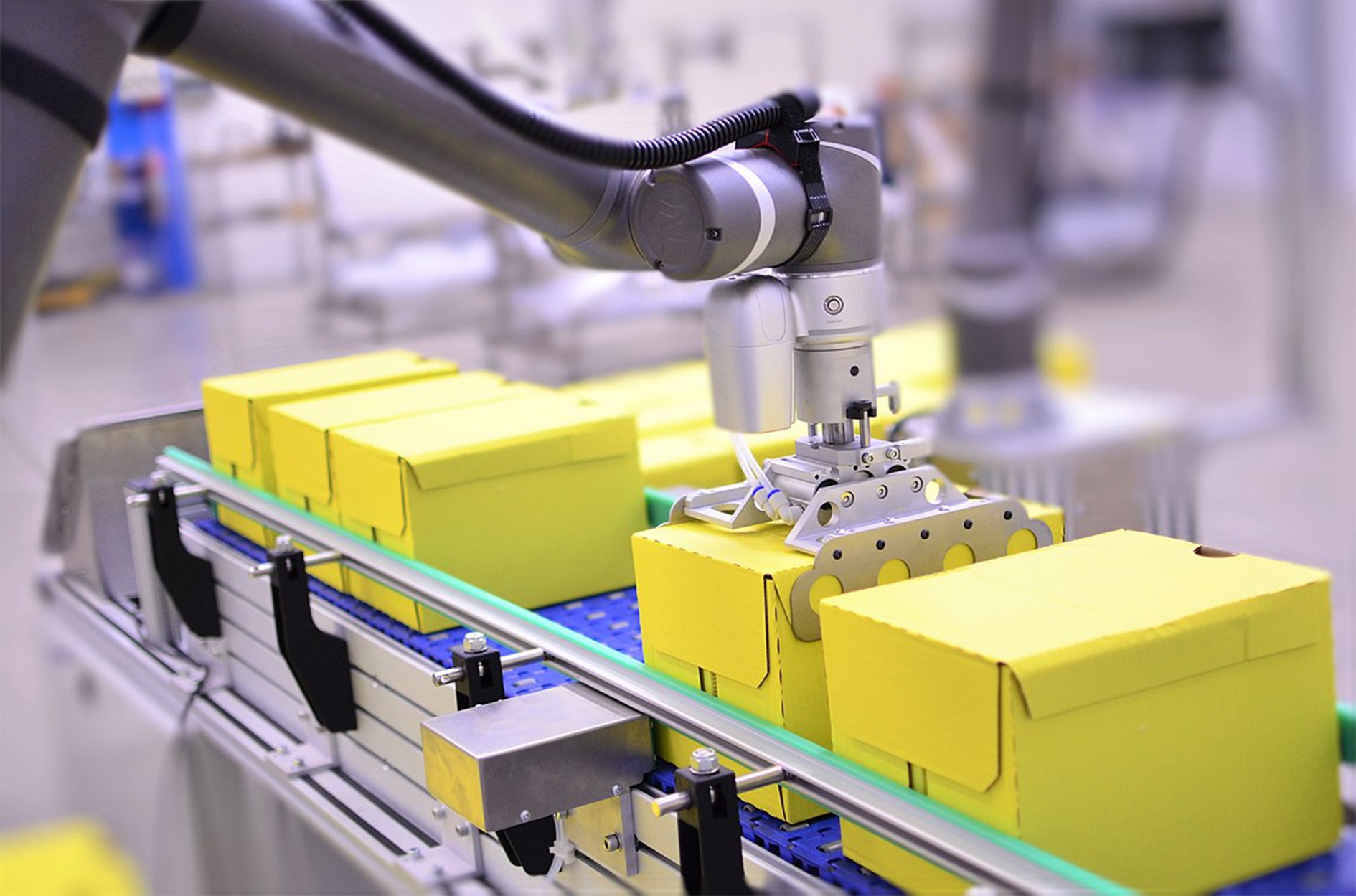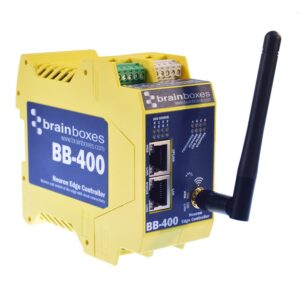As consumer expectations for rapid delivery continue to rise, warehouses are under increased pressure to move goods not only faster, but also with greater accuracy and efficiency. To meet these demands, many facilities are turning to logistics robots capable of autonomously navigating aisles, retrieving items, and transporting stock throughout the warehouse.

At the core of these robots exists a complex system of sensors, controls, and real-time data processing that enables them to operate effectively in dynamic industrial environments. Various sensors such as LIDAR, encoders, cameras, and bump sensors provide the data needed for autonomous navigation and item handling. However, the successful deployment of these robots presents significant technical challenges. This includes the need for precisely controlled actuators and motors to ensure accurate handling of goods, while maintaining consistent real-time responsiveness. Additionally, the robots must operate reliably under harsh conditions, while offering support for remote diagnostics with a modular, scalable system design. Minimal wiring is also critical to simplify installation and reduce potential failure points.
Brainboxes BB-400 Edge Controller offers a reliable and flexible solution to these challenges. Designed for industrial use, the BB-400 features a rugged design and wide operating temperature range, making it ideal for continuous 24/7 operation in logistics environments. By processing sensor data locally and enabling fast decision-making, the BB-400 minimises downtime, speeds up response times, and ultimately maximises operational efficiency and profits. These rapid response times are crucial for successfully enabling real-time navigation and task execution.
Integrated with Node-RED for logic and flow control, the BB-400 enables the robot to use accurate data to navigate and make quick decisions. Additionally, the Edge Controller facilitates communication with warehouse management systems, whether hosted locally or in the cloud.
To extend system capabilities, engineers can incorporate Brainboxes Remote IO modules. Their flexible mounting options, DIN-rail or board-mounted, allow the devices to be easily installed within robot enclosures, enabling seamless integration of additional safety circuits and control mechanisms.

The Remote IO devices provide a streamlined method for interfacing with external systems such as lifts, safety gates, and door sensors. By handling digital and analog inputs and outputs, these compact modules extend the robot’s sensory systems beyond its physical bounds, Brainboxes Remote IO provides full remote visibility and control of inputs and output, an essential capability in expansive warehouse environments where robots work across wide areas and downtime must be kept to a minimum.
Integrating the BB-400 and Remote IO devices into the same environment as logistics robots turns a basic automated setup into a truly intelligent system. Instead of just following pre-programmed routes, the robots gain awareness of their surroundings through real-time data, such as sensor inputs, machine status, and control signals. This means they can respond to what’s happening around them, work in sync with other equipment, and connect directly to warehouse management systems, resulting in a smarter, more responsive logistics workflow that reduces downtime, improves coordination, and makes automation easier to scale.
Brainboxes devices simplify maintenance, accelerate deployment, and enable scalable connectivity that evolves with operational needs. With flexible communication protocols and intuitive web-based configuration, integration into existing infrastructure is straightforward and efficient.
As warehouses evolve into highly connected, autonomous ecosystems, the role of industrial logistics robots becomes central to operational success. By enabling real-time insight, safe interaction, and scalable design, Brainboxes smart solutions support the future of modern vision systems. Robots are no longer just tools, but intelligent collaborators in a connected, data-driven environment.
-
BB-400
$592.52 Add to cart

